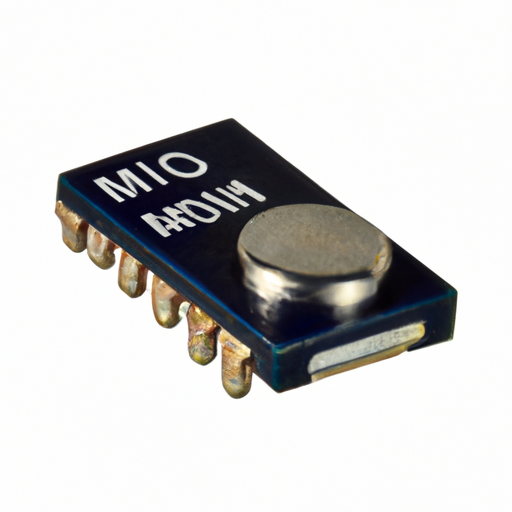Core Functional Technologies of Optical Motion Sensors
| 1. Infrared (IR) Sensors | |
| 2. Photoelectric Sensors | |
| 3. Laser Sensors | |
| 4. Optical Flow Sensors | |
| 5. Camera-based Motion Detection | |
| 1. Home Automation | |
| 2. Industrial Automation | |
| 3. Robotics | |
| 4. Consumer Electronics | |
| 5. Healthcare | |
Application Development Cases
Integration with MM74HC165N

The MM74HC165N, a high-speed CMOS shift register, can be effectively integrated with optical motion sensors to enhance data handling and processing capabilities. Here’s how this integration can be achieved:
| Data Acquisition: The MM74HC165N can read the digital outputs from multiple optical motion sensors, allowing for the collection of motion data from various points in a system. This is particularly useful in applications requiring multiple sensor inputs.Data Acquisition: The MM74HC165N can read the digital outputs from multiple optical motion sensors, allowing for the collection of motion data from various points in a system. This is particularly useful in applications requiring multiple sensor inputs. |
| Shift Register Functionality: By utilizing the shift register capabilities of the MM74HC165N, data from multiple sensors can be transmitted serially to a microcontroller. This reduces the number of input pins required, simplifying circuit design and minimizing hardware complexity.Shift Register Functionality: By utilizing the shift register capabilities of the MM74HC165N, data from multiple sensors can be transmitted serially to a microcontroller. This reduces the number of input pins required, simplifying circuit design and minimizing hardware complexity. |
- Real-time Processing: The combination of optical sensors and the MM74HC165N enables real-time processing of motion data. This is crucial for applications like security systems or automation, where quick responses to detected motion are necessary.
Conclusion
Optical motion sensors are versatile devices applicable across various fields, from home automation to industrial applications. Their integration with components like the MM74HC165N enhances functionality, allowing for efficient data handling and processing. As technology continues to advance, the applications and capabilities of optical motion sensors will expand, offering innovative solutions across different industries. This synergy between optical motion sensors and digital components like the MM74HC165N paves the way for smarter, more responsive systems that can adapt to user needs and environmental changes.